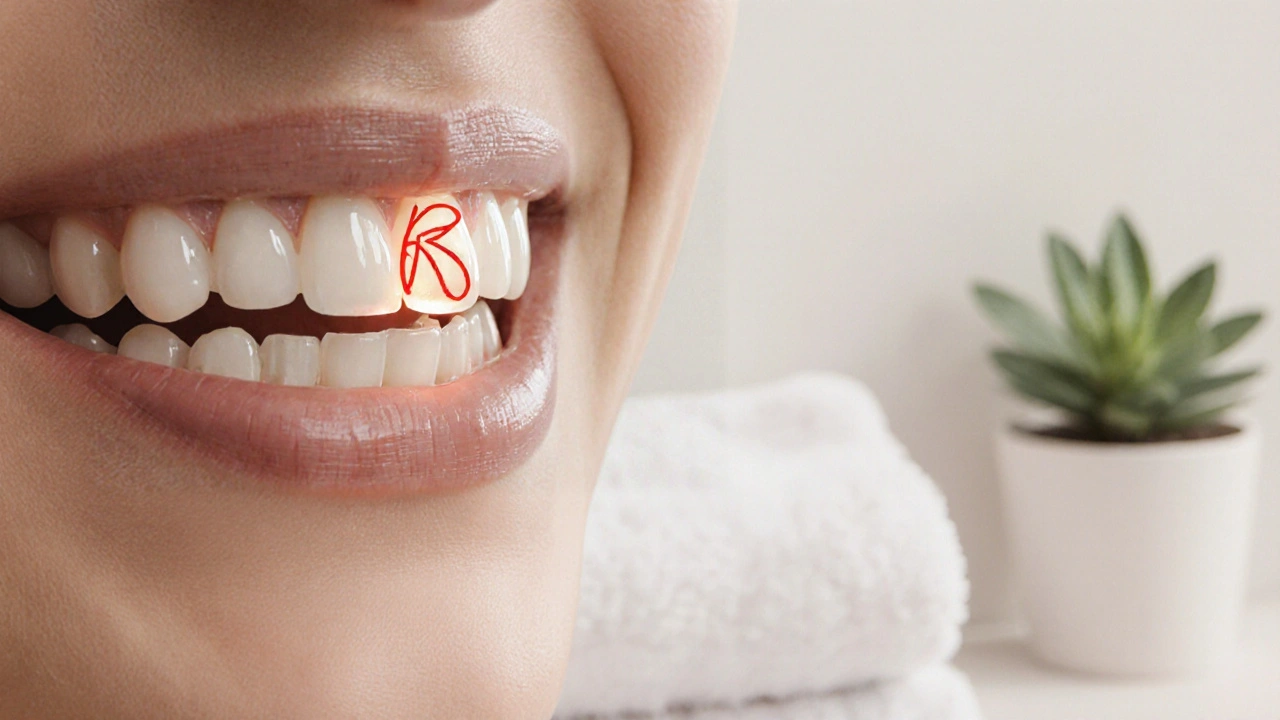When you’re dealing with Toothache Causes, the underlying reasons behind sharp or dull tooth pain that can disrupt daily life. Also known as dental pain triggers, it covers everything from cavities to infections that irritate the nerves inside a tooth. Recognizing the exact cause is the first step toward lasting relief.
One of the most common culprits is Dental decay, the progressive loss of tooth structure caused by bacterial acids. When plaque builds up, the acids eat away enamel, exposing dentin and eventually the pulp where nerves live. Another frequent offender is Gum disease, inflammation of the supporting tissues that can create pockets of infection near the tooth root. Both conditions often sneak up on you; you might notice a lingering ache after sugary snacks or while brushing.
A cracked or Tooth fracture, any break in the tooth structure that can expose nerves to temperature changes is another direct source of pain. Even a tiny invisible hairline fracture can cause a sudden spike in sensitivity when you sip hot coffee. Sinus infections are sneaky too; the maxillary sinuses sit just above the upper back teeth, so pressure from a cold or allergy flare can feel like a toothache. Bruxism, the habit of grinding or clenching teeth, especially at night wears down enamel over time and can trigger pain without any visible damage.
Diet plays a hidden role. Frequent consumption of acidic drinks—think soda, citrus juices, or even sports drinks—softens enamel daily, making it easier for decay to set in. Sticky sweets cling to teeth, giving bacteria a longer feast. Stress, meanwhile, can increase saliva acidity and also lead to bruxism, linking emotional health directly to tooth pain.
Understanding these links makes prevention practical. Good oral hygiene—brushing twice daily with fluoride toothpaste, flossing, and regular dental cleanings—targets the bacteria that start decay and gum disease. Using a soft‑bristled brush and a gentle technique protects gums from recession that could expose root surfaces. If you notice a persistent ache, a quick self‑check can narrow the cause: is the pain sharp with pressure (possible fracture), lingering after sweets (decay), or worse in the morning (bruxism)?
When the pain is tied to an infection, such as an abscess or severe gum disease, professional treatment becomes essential. Antibiotics, root‑canal therapy, or even tooth extraction may be needed to stop the spread. However, many everyday aches can be eased at home. Warm salt water rinses lower inflammation, over‑the‑counter pain relievers dull the nerve signals, and a brief application of a desensitizing toothpaste can help while you arrange a dental visit.
In short, toothache causes cover a spectrum from simple lifestyle habits to serious dental conditions. By matching the symptom pattern to the likely trigger—whether it’s decay, gum inflammation, a cracked tooth, sinus pressure, or grinding—you can choose the right short‑term fix and know when it’s time to see a professional. Below you’ll find a curated set of articles that dive deeper into each of these triggers, compare treatment options, and offer step‑by‑step guidance for relief.

Explore why toothaches happen, from enamel loss to nerve pain, learn the warning signs, home relief tips, treatment options, and how to prevent future dental pain.
View more